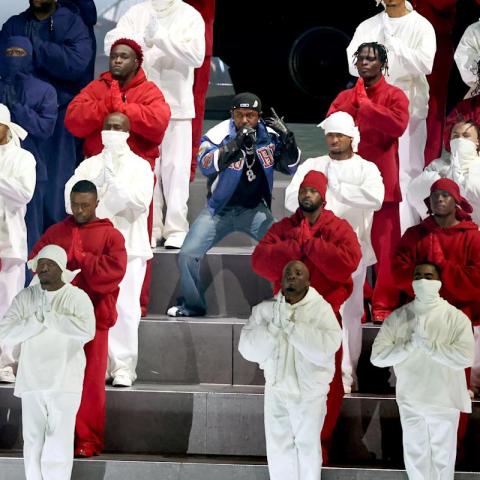A federal appeals court recently decided that the White House can restrict access to certain areas for the Associated Press (AP). This means they can choose who gets to enter the Oval Office, Mar-a-Lago, and Air Force One. The ruling is part of an ongoing debate about press access to important government spaces.
The court concluded that not all areas in the White House are open to the public or large press groups. This gives the White House power to determine which journalists are admitted, a shift from previous norms that ensured wider access to press outlets.
This decision is a setback for the AP, an international news organization. They are working to protect press access, something they believe is vital for a free flow of information from the government. An AP spokesperson expressed disappointment and is considering their next steps, as they argue that limiting press access challenges constitutional rights.
The Trump administration has welcomed this restriction as they aim to control which media outlets receive special access. They’ve previously stated that participation in press events doesn’t guarantee access for the AP, which traditionally had a more prominent role in covering the presidency.
Historically, access to the president has been carefully managed. Under past administrations, the White House Correspondents’ Association would help establish which news outlets made it into the inner circle. However, Trump’s team has altered this structure, prioritizing newer, often conservative outlets over long-established ones like the AP.
Critics argue that these restrictions may be seen as a form of viewpoint discrimination. For instance, news organizations have reported that limiting access can create a chilling effect across the industry, potentially discouraging diverse perspectives in future coverage.
Data backs up concerns about press access. A Pew Research study found that 61% of American adults believe press freedom is vital to democracy. Yet, the current climate suggests growing tensions between the press and the government.
Public reactions on social media demonstrate a growing divide on this issue. Supporters of the administration celebrate control over press access, while critics argue that such moves undermine basic democratic principles.
In a split decision, the court indicated that it may allow more limitations on press access in the future. Judge Neomi Rao noted that spaces like the Oval Office are not traditional public forums and have different rules. However, the ruling does not extend to larger rooms, like the East Room, used for press conferences, where access has been loosened recently.
This latest ruling raises questions about the future of press access to the presidency and how it may evolve in the coming years. With the media landscape continually changing, this battle for access will likely remain in the headlines.
For more on this topic, you can check out the AP’s official statement and the Pew Research study.



















